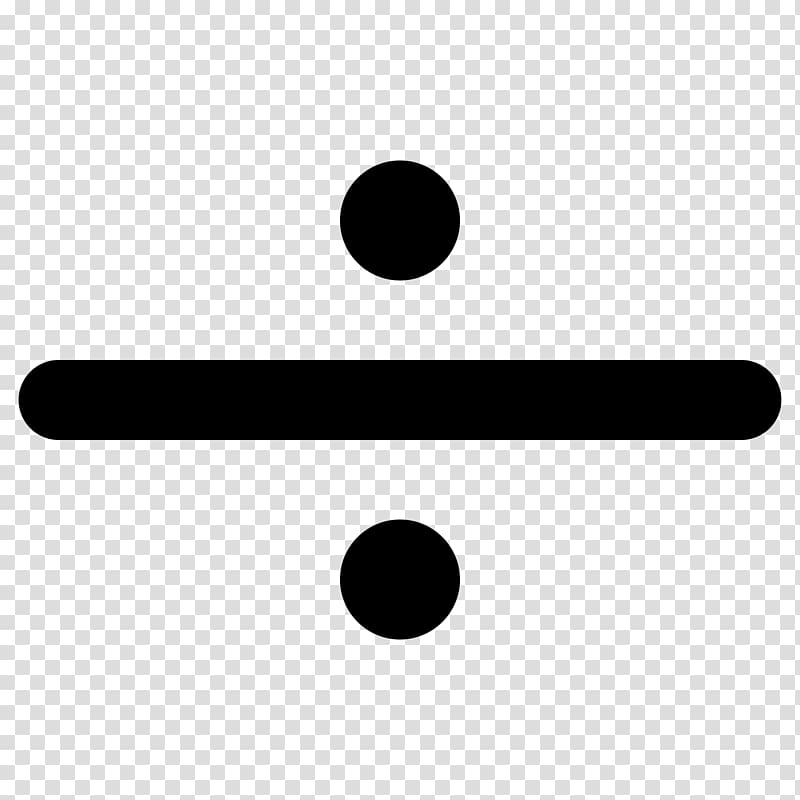Plus Minus Football


Plus−minus (+/−, ±, plus/minus) is a sports statistic used to measure a player's impact on the game, represented by the difference between their team's total scoring versus their opponent's when the player is in the game. In ice hockey, it measures a player's goaldifferential. When an even-strength goal or shorthanded goal is scored, the plus–minus statistic is increased by one ('plus') for those players on the ice for the team scoring the goal; the plus–minus statistic is decreased by one ('minus') for those players on the ice for the team allowing the goal.[1]Power play or penalty shot goals are excluded. An empty net does not matter for the calculation of plus–minus.

The plus-minus grades are then converted to a 0-100 scale at the game and season level. This makes it easier to compare players across positions relative to their peers, though it doesn’t account for positional value, i.e. Which positions are most valuable when trying to predict wins.
The statistic is sometimes called the plus−minus rating.
Shot location data available for the 1996-97 through 2020-21 seasons. Shot type and location data quality from the 1990s is inconsistent, esp. Plus−minus (+/−, ±, plus/minus) is a sports statistic used to measure a player's impact on the game, represented by the difference between their team's total scoring versus their opponent's when the player is in the game.
Plus, we offer terrific initial and reload bonuses and promotions galore. Combined with a Casino & North American Racebook and new features like Live Betting and a mobile friendly website. It’s all here at MyBookie we’re constantly improving because you deserve to “Bet with the Best”. Stathead Basketball Plus-Minus Finder. Play-by-play data available for 1996-97 through 2020-21. Play-by-play stats are unofficial.
A player's plus−minus statistic is calculated for each game played, to provide a more meaningful measure over a full season. The statistic is directly affected by overall team performance, influenced by both the offensive and defensive performance of the team as a whole.
History[edit]
The NHL's Montreal Canadiens were the first team to track the plus−minus of its players, starting sometime in the 1950s. Other teams followed in the early 1960s, and the NHL started officially compiling the statistic for the 1967–68 season. While Emile Francis is often credited with devising the system, he only popularized and adapted the system in use by the Canadiens.
Awards[edit]
The NHL awarded the NHL Plus-Minus Award each year to the player with the highest plus−minus statistic during the regular season from 1982–83 to 2007–08.
The Western Hockey League (WHL) awards the WHL Plus-Minus Award each year to one of its players.
Situational plus–minus[edit]
There are some drawbacks to the traditional calculation of the plus–minus statistic in ice hockey. Not all types of goals are included, specifically power play goals. Every goal included in the calculation is weighted the same regardless of the situation - even strength, power play, short-handed or empty net. Also, traditional plus–minus is not applied to goaltenders.
Plus Minus Basketball Explanation
Situational plus–minus (Sit +/-) is an alternative calculation that takes into account all types of 'team-based' goals, which excludes only penalty shot and shootout goals. Each goal is weighted based on the number of skaters (i.e. not goaltenders) on the ice. The plus–minus rating is calculated by dividing the number of skaters on the ice for the team scored upon by the number of skaters on the ice for the scoring team, applied as a plus to all players (including goaltenders) on the ice for the scoring team and as a minus for all players (including goaltenders) on the ice for the team scored upon.[2]
The situational plus−minus statistic has recalculated the NHL plus–minus statistic going back to the 2008-09 season, for which the top achievements have been:[3]
NHL Top 5: Season high (since 2008–09)
- Alex Ovechkin, 2009–10, +87.71
- Nicklas Backstrom, 2009–10, +74.05
- Daniel Sedin, 2010–11, +73.63
- Brayden Point, 2018–19, +72.77
- Mike Green, 2008–09, +70.76
NHL Top 5: Season low (since 2008–09)

Plus Minus Football Betting
- Mike Smith, 2014–15, –76.31
- Brendan Witt, 2008-09, –56.22
- Filip Hronek, 2019-20, –53.69
- Chris Phillips, 2010–11, –52.77
- Nikolai Khabibulin, 2010–11, –52.25
Plus Minus Basketball Equation
Basketball[edit]
Plus Minus Fantasy Football
Although the statistic was pioneered in the sport of hockey, it has found its way into use in other sports and areas of life. For instance, the NBA'sHouston Rockets first utilized a modified version of the stat, which helped reveal the unheralded effectiveness of light-scoring Shane Battier.[4] It is now in regular use throughout the NBA.
Association football[edit]
A plus−minus statistic has been used in sports economics to analyze the degree of competitive balance over time in association football.[5]
References[edit]
:format(jpeg)/cdn.vox-cdn.com/uploads/chorus_image/image/8813037/20120916_ajw_al8_175.0.jpg)
- ^Fitzpatrick, Jamie. 'What is the 'plus–minus' statistic and how is it calculated?'. About.Com.
- ^'Learn More'. PlusMinusLine.com. Retrieved November 24, 2019.
- ^'PlusMinusLine National Hockey League Situational Plus/Minus'. PlusMinusLine.com. Retrieved August 2, 2020.
- ^Lewis, Michael (February 13, 2009). 'The No-Stats All-Star'. The New York Times.
- ^Sittl, Roman; Warnke, Arne Jonas (2016). 'Competitive balance and assortative matching: Data from the German Bundesliga'. VoxEU.org.